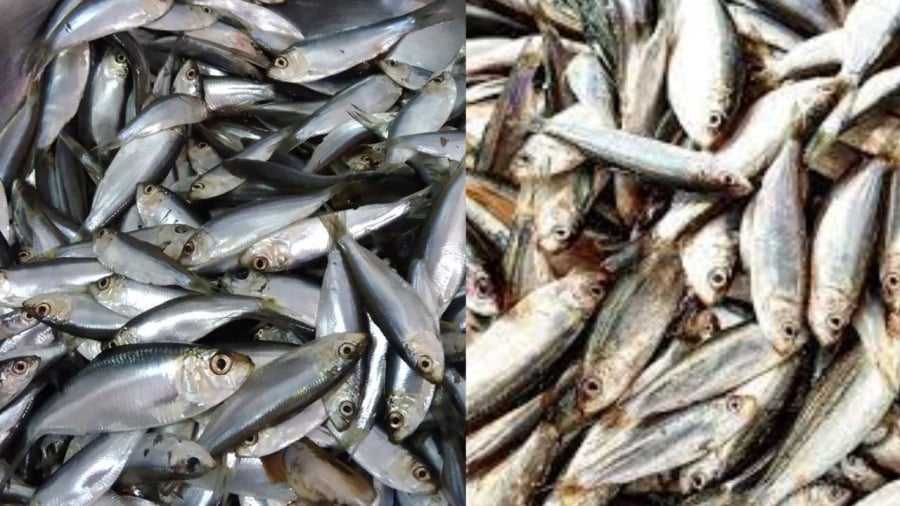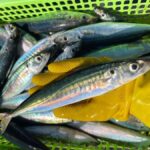Sardines (Sardinella) are small, silvery fish that are commonly found in large schools in the coastal waters of Central and Southern Vietnam, especially during spring and summer. Despite their small size, sardines are one of the most nutrient-rich fish available today.
According to some sources, 100g of sardines contain approximately 382mg of calcium, which is significantly higher than the amount found in cow’s milk (around 125mg of calcium per 100ml). Sardines are also an excellent source of omega-3 fatty acids, vitamin D, vitamin B12, selenium, and high-quality protein. Notably, the omega-3 content in sardines can reach up to 1.5-2g per 100g of meat, rivaling or even surpassing that of some farmed salmon.

Why do sardines contain more calcium than milk?
The unique feature that sets sardines apart in terms of calcium content is that they can be eaten whole, bones and all. Sardine bones are soft and small, so they can be safely consumed, ensuring maximum absorption of natural calcium. In contrast, calcium from milk can be lost during processing or poorly absorbed by those who have difficulty tolerating lactose.
Additionally, the calcium obtained from sardines is organic and easily absorbed by the body, without the risk of buildup or side effects associated with some synthetic supplements. For these reasons, sardines are an ideal choice for children, the elderly, pregnant women, and those suffering from osteoporosis.
The Benefits of Omega-3 in Sardines
The omega-3 fatty acids in sardines are primarily in the form of EPA and DHA, which are essential for cardiovascular health, brain function, and immune system support. Numerous studies have shown that regular consumption of natural omega-3 sources can:
- Lower bad cholesterol and blood pressure
- Reduce the risk of heart disease and stroke
- Enhance brain development, memory, and learning abilities
- Reduce inflammation and support joint health
- Promote healthy vision and skin
Notably, the omega-3 content in wild sardines is less likely to be compromised by farming practices, as is sometimes the case with farmed salmon. By thriving in their natural environment, sardines tend to be more nutrient-dense and less susceptible to heavy metal contamination, such as mercury and lead.
How to Consume Sardines for Maximum Nutrient Absorption
Sardines can be prepared in a variety of ways, including stewing in tomato sauce, frying, steaming, or canning. However, to retain the maximum amount of calcium and omega-3, it is recommended to choose gentler cooking methods such as steaming or long simmering, and to consume the bones. Avoid deep-frying, as high temperatures can degrade the omega-3 content.
Including sardines in your diet at least 2-3 times a week can provide sufficient calcium and omega-3, eliminating the need for supplementary pills.
Sardines: A Smart Choice for Vietnamese Consumers
With the rising costs of imported foods, sardines offer a cost-effective, nutritious alternative. Priced reasonably between 50,000 and 100,000 VND per kilogram, sardines are accessible to families from all walks of life, including students, workers, and the elderly.
Consuming sardines also contributes to local economic development and environmental sustainability, reducing our reliance on imported goods such as salmon or dairy products. Vietnam is blessed with an abundance of nutritious food sources, and by recognizing the value of local produce like sardines, we can make healthier and more affordable choices for ourselves and our families.
Unveiling the Height-Boosting Secrets of Mothers with the Tallest Kids in Class
“A mother’s journey to help her child achieve their ideal height begins with a holistic approach. It’s not just about nutrition; it’s about creating a lifestyle that promotes growth. From a balanced diet and regular exercise to adequate sleep and a positive mindset, every aspect of a child’s life needs to be considered. By paying attention to these key areas and making them a priority, mothers can give their children the best chance to reach their full potential, both in height and overall well-being.”



































